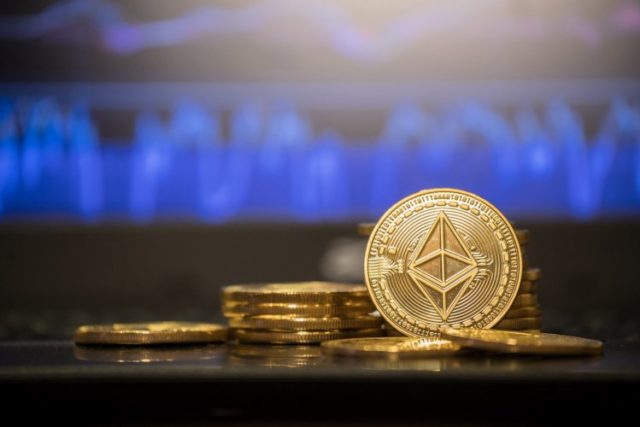- USD/MXN gains ground on risk-off sentiment despite dovish Fed sentiment.
- Vice President Kamala Harris has secured endorsements as the leading candidate for the presidential nomination.
- Traders are awaiting the release of inflation data for the first half of July on Wednesday.
The USD/MXN is up near 18.00 during the European session on Tuesday. This rise could be attributed to rising risk aversion, which is supporting the US Dollar (USD). The Dollar Index (DXY), which measures the value of the US Dollar (USD) against six other major currencies, is trading around 104.30 after recovering its daily losses during the early European hours on Tuesday.
However, the US dollar could limit its upside as expectations of a Federal Reserve (Fed) rate cut in September increase. Last week, Fed Chair Jerome Powell noted that the three US inflation readings this year “increase somewhat confidence” that inflation is on track to meet the Fed’s target in a sustainable manner, implying that interest rate cuts could be approaching.
In U.S. politics, Democrats have united behind Vice President Kamala Harris as the front-runner for the presidential nomination. NBC News projected that Harris had secured the support of a majority of the Democratic Party’s pledged delegates to the convention. The threshold to secure the nomination is 1,976 delegates, and NBC estimates that Harris has received the support of 1,992 delegates, either through spoken or written endorsements.
Traders are likely to watch the releases of global Purchasing Managers’ Index (PMI) and Gross Domestic Product (GDP) data later this week. These figures may offer fresh insights into economic conditions in the United States (US). On the Swiss front, first-half inflation data and core inflation for July are scheduled to be released on Wednesday.
On Monday, Mexico’s economic activity expanded 1.6% year-over-year in May, slowing from the previous month’s nearly two-year increase of 5.4% but beating market expectations for a 1.4% rise. In addition, retail sales in Mexico grew 0.3% year-over-year in May, a significant slowdown from the previous month’s 3.2% increase. On a monthly basis, sales grew 0.1%, down from the previous increase of 0.5%.
Mexican Peso FAQs
The Mexican Peso is the legal currency of Mexico. The MXN is the most traded currency in Latin America and the third most traded currency in the Americas. The Mexican Peso is the first currency in the world to use the $ sign, prior to the later use of the Dollar. The Mexican Peso or MXN is divided into 100 cents.
Banxico is the Bank of Mexico, the country’s central bank. Created in 1925, it provides the national currency, the MXN, and its primary objective is to preserve its value over time. In addition, the Bank of Mexico manages the country’s international reserves, acts as a lender of last resort to the banking sector, and provides economic and financial advice to the government. Banxico uses the tools and techniques of monetary policy to achieve its objective.
When inflation is high, the value of the Mexican Peso (MXN) tends to decrease. This implies an increase in the cost of living for Mexicans, which affects their ability to invest and save. In general, inflation affects the Mexican economy because Mexico imports a significant amount of final consumer products, such as gas, fuel, food, clothing, etc., and a large amount of production inputs. On the other hand, the higher the inflation and debt, the less attractive the country is for investors.
The exchange rate between the USD and the MXN affects imports and exports between the United States and Mexico, potentially affecting demand and trade flows. The price of the Dollar against the Mexican Peso is affected by factors such as monetary policy, interest rates, the consumer price index, economic growth and some geopolitical decisions.
The exchange rate between the USD and the MXN affects imports and exports between the United States and Mexico, potentially affecting demand and trade flows. The price of the Dollar against the Mexican Peso is affected by factors such as monetary policy, interest rates, the consumer price index, economic growth and some geopolitical decisions.
Source: Fx Street
I am Joshua Winder, a senior-level journalist and editor at World Stock Market. I specialize in covering news related to the stock market and economic trends. With more than 8 years of experience in this field, I have become an expert in financial reporting.







